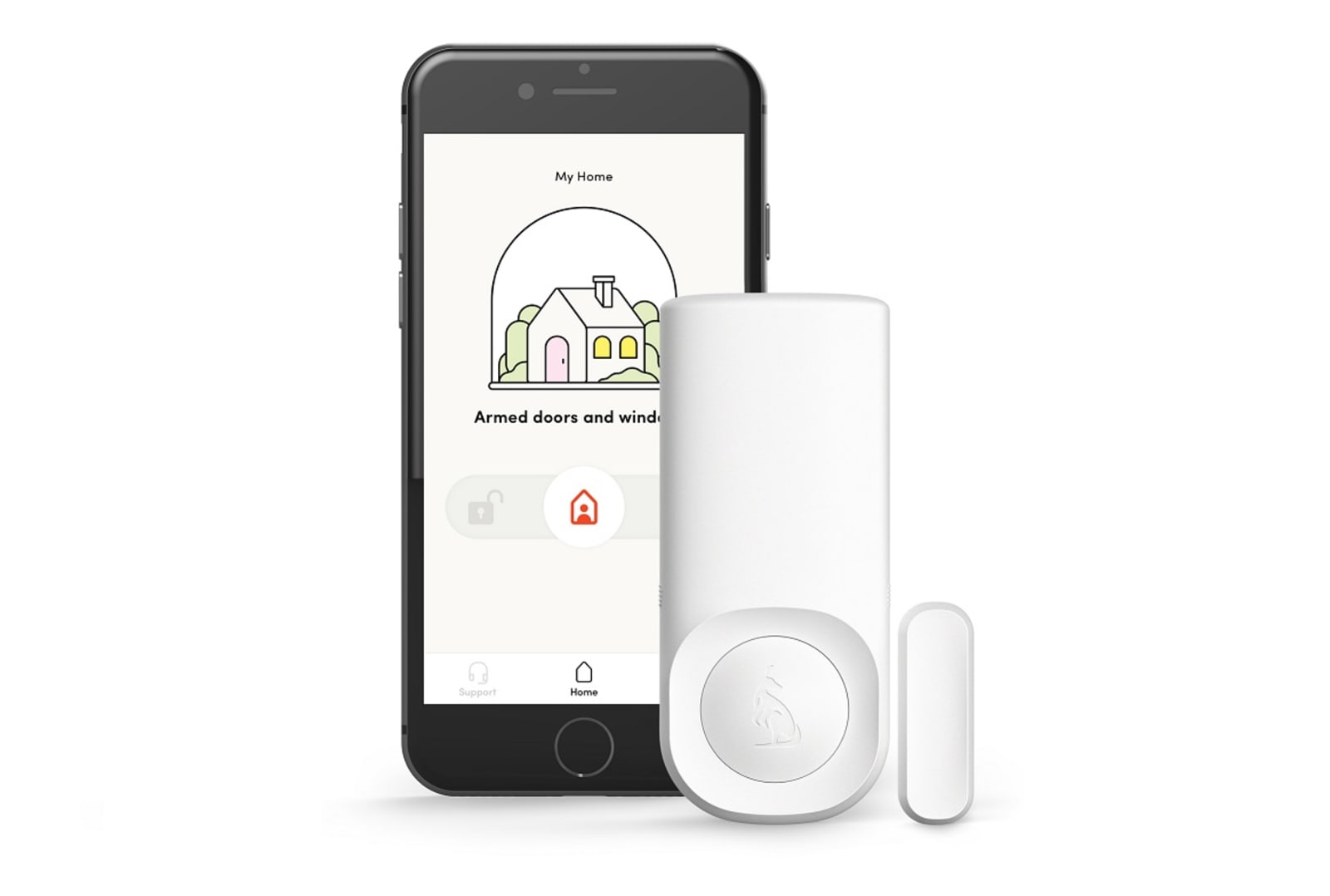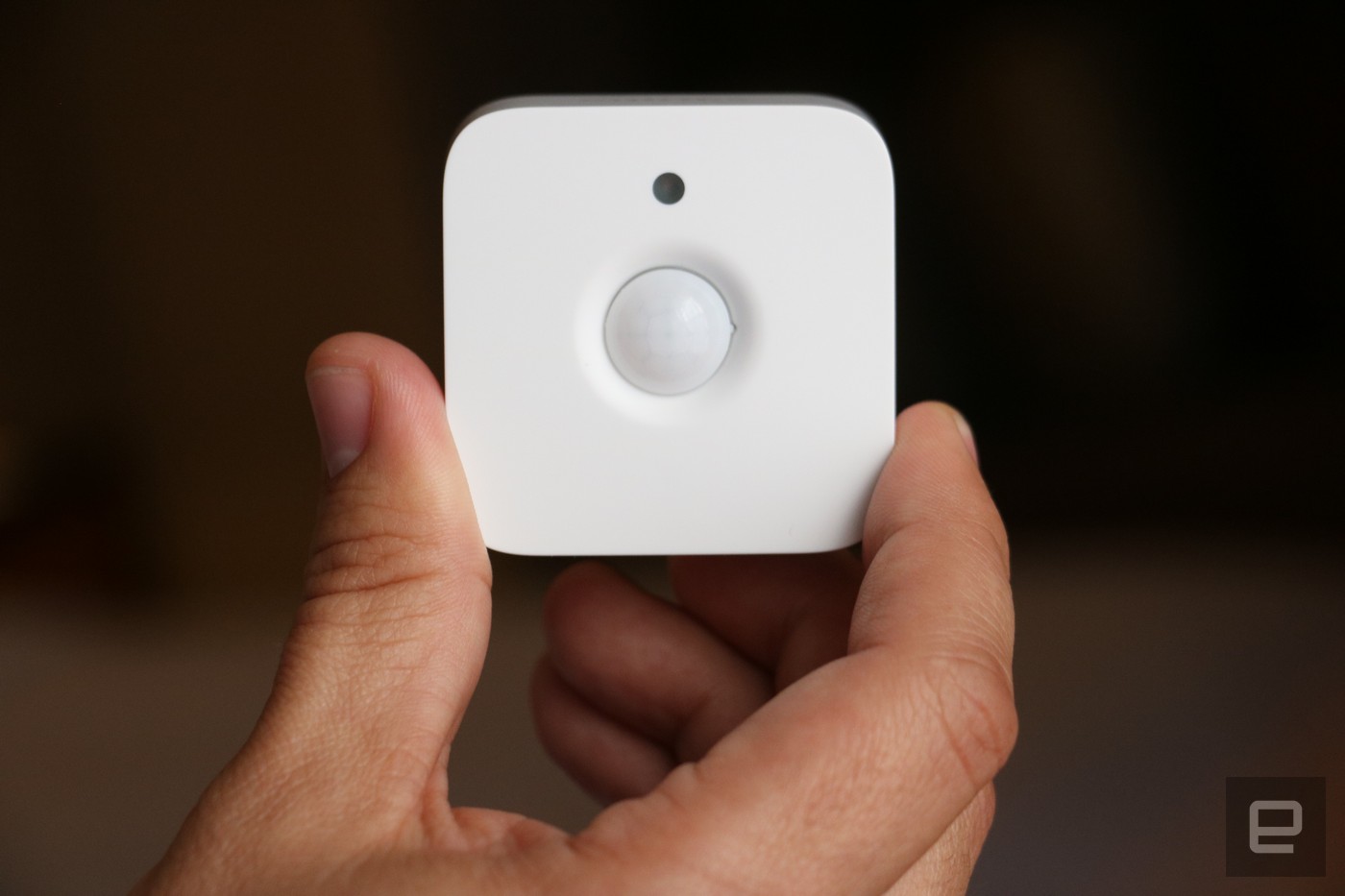SoftKinetic Announces World's Smallest HD Gesture Recognition Camera and Releases Far and Close Interaction Middleware
Professional Kit Available For Developers To Start Building a New Generation of Gesture-Based Experiences
TAIPEI & BRUSSELS - June 5, 2012 - SoftKinetic, the pioneering provider of 3D vision and gesture recognition technology, today announced a device that will revolutionize the way people interact with their PCs. The DepthSense 325 (DS325), a pocket-sized camera that sees both in 3D (depth) and high-definition 2D (color), delivered as a professional kit, will enable developers to incorporate high-quality finger and hand tracking for PC video games, introduce new video conferencing experiences and many other immersive PC applications. The DS325 can operate from as close as 10cm and includes a high-resolution depth sensor with a wide field of view, combined with HD video and dual microphones.
In addition, the company announced the general availability of iisu[TM] 3.5, its acclaimed gesture-recognition middleware compatible with most 3D sensors available on the market. In addition of its robust full body tracking features, iisu 3.5 now offers the capacity to accurately track users' individual fingers at 60 frames per second, opening up a new world of close-range applications.
"SoftKinetic is proud to release these revolutionary products to developers and OEMs," said Michel Tombroff, CEO of SoftKinetic. "The availability of iisu 3.5 and the DS325 clearly marks a milestone for the 3D vision and gesture recognition markets. These technologies will enable new generations of video games, edutainment applications, video conference, virtual shopping, media browsing, social media connectivity and more."
SoftKinetic will demonstrate the new PC and SmartTV experiences and at its booth at Computex, June 5-9, 2012, in the NanGang Expo Hall, Upper Level, booth N1214. For business appointments, send a meeting request to events@softkinetic.com.
The DS325 Professional Kit is available for pre-order now at SoftKinetic's online store (http://www.softkinetic.com/Store.aspx) and is expected to begin shipping in the coming weeks.
iisu 3.5 Software Development Kit is available free for non-commercial use at SoftKinetic's online store (http://www.softkinetic.com/Store.aspx) and at iisu.com.
About SoftKinetic S.A.
SoftKinetic's vision is to transform the way people interact with the digital world. SoftKinetic is the leading provider of gesture-based platforms for the consumer electronics and professional markets. The company offers a complete family of 3D imaging and gesture recognition solutions, including patented 3D CMOS time-of-flight sensors and cameras (DepthSense[TM] family of products, formerly known as Optrima product family), multi-platform and multi-camera 3D gesture recognition middleware and tools (iisu[TM] family of products) as well as games and applications from SoftKinetic Studios.
With over 8 years of R&D on both hardware and software, SoftKinetic solutions have already been successfully used in the field of interactive digital entertainment, consumer electronics, health care and other professional markets (such as digital signage and medical systems). SoftKinetic, iisu, DepthSense and The Interface Is You are trade names or registered trademarks of SoftKinetic. For more information on SoftKinetic please visit www.softkinetic.com. For videos of SoftKinetic-related products visit SoftKinetic's YouTube channel: www.youtube.com/SoftKinetic.
 Smart home security is gaining traction, but it generally still comes at a price. Last year, however, startup company Kangaroo entered the market with its system of $30 peel-and-stick motion sensors and low-cost monitoring plans, designed to make sec...
Smart home security is gaining traction, but it generally still comes at a price. Last year, however, startup company Kangaroo entered the market with its system of $30 peel-and-stick motion sensors and low-cost monitoring plans, designed to make sec...
 Smart home security is gaining traction, but it generally still comes at a price. Last year, however, startup company Kangaroo entered the market with its system of $30 peel-and-stick motion sensors and low-cost monitoring plans, designed to make sec...
Smart home security is gaining traction, but it generally still comes at a price. Last year, however, startup company Kangaroo entered the market with its system of $30 peel-and-stick motion sensors and low-cost monitoring plans, designed to make sec...
 Philips has added HomeKit support to a number of existing Hue accessories, expanding their capabilities and making them easier to configure. With the latest software update Hue tap, dimmer switch and motion sensor will all be compatible with Apple' H...
Philips has added HomeKit support to a number of existing Hue accessories, expanding their capabilities and making them easier to configure. With the latest software update Hue tap, dimmer switch and motion sensor will all be compatible with Apple' H...
 So you have your home all decked out with some sweet smart lights that you can control with your phone. Big deal. True convenience is when your lights turn on exactly when you need them to, without you even lifting a finger. And Philips' new motion s...
So you have your home all decked out with some sweet smart lights that you can control with your phone. Big deal. True convenience is when your lights turn on exactly when you need them to, without you even lifting a finger. And Philips' new motion s...


















